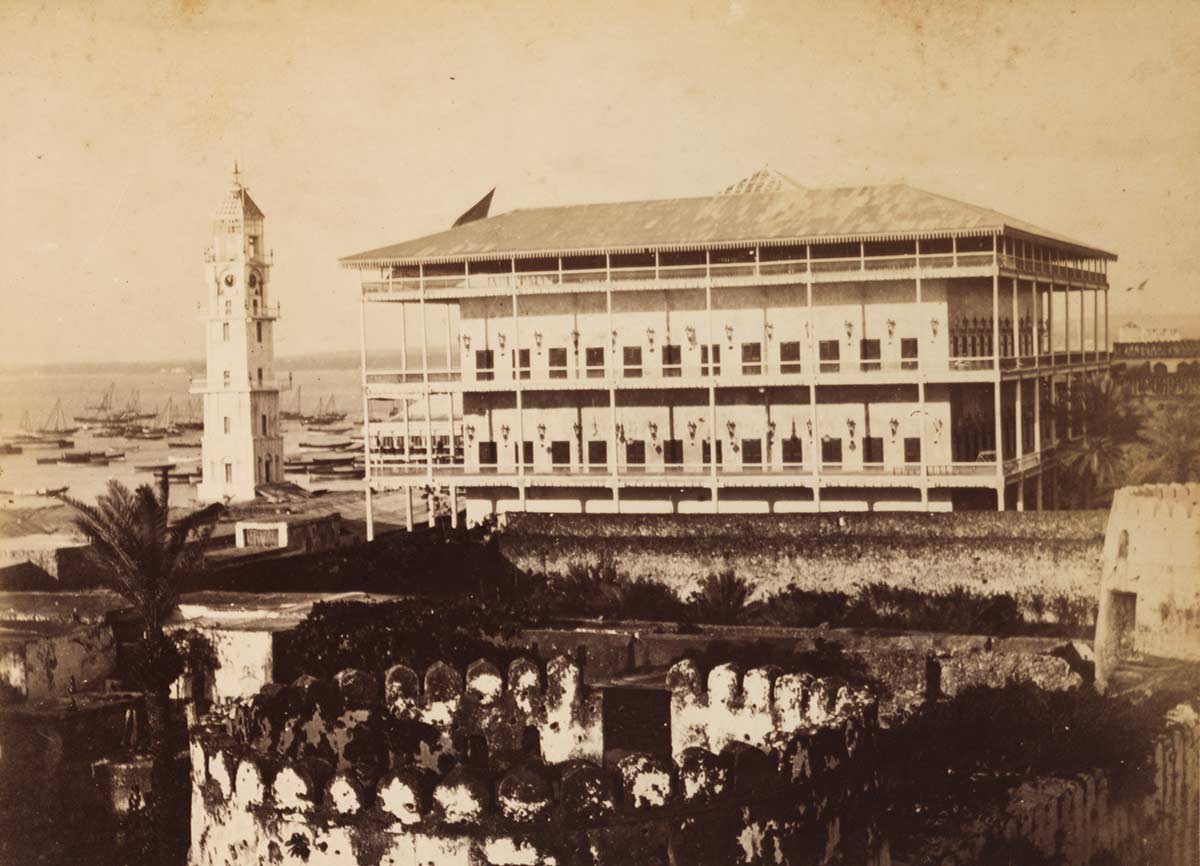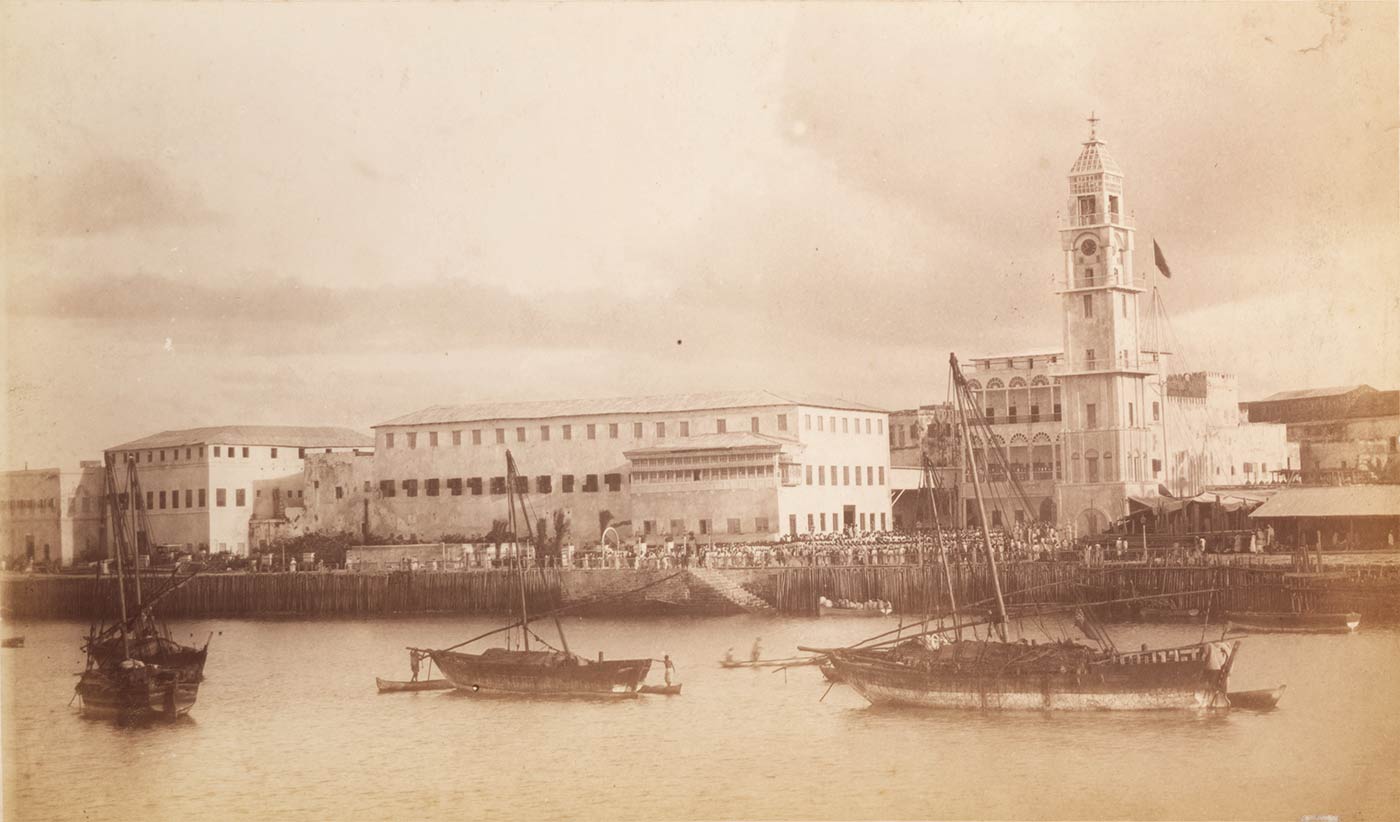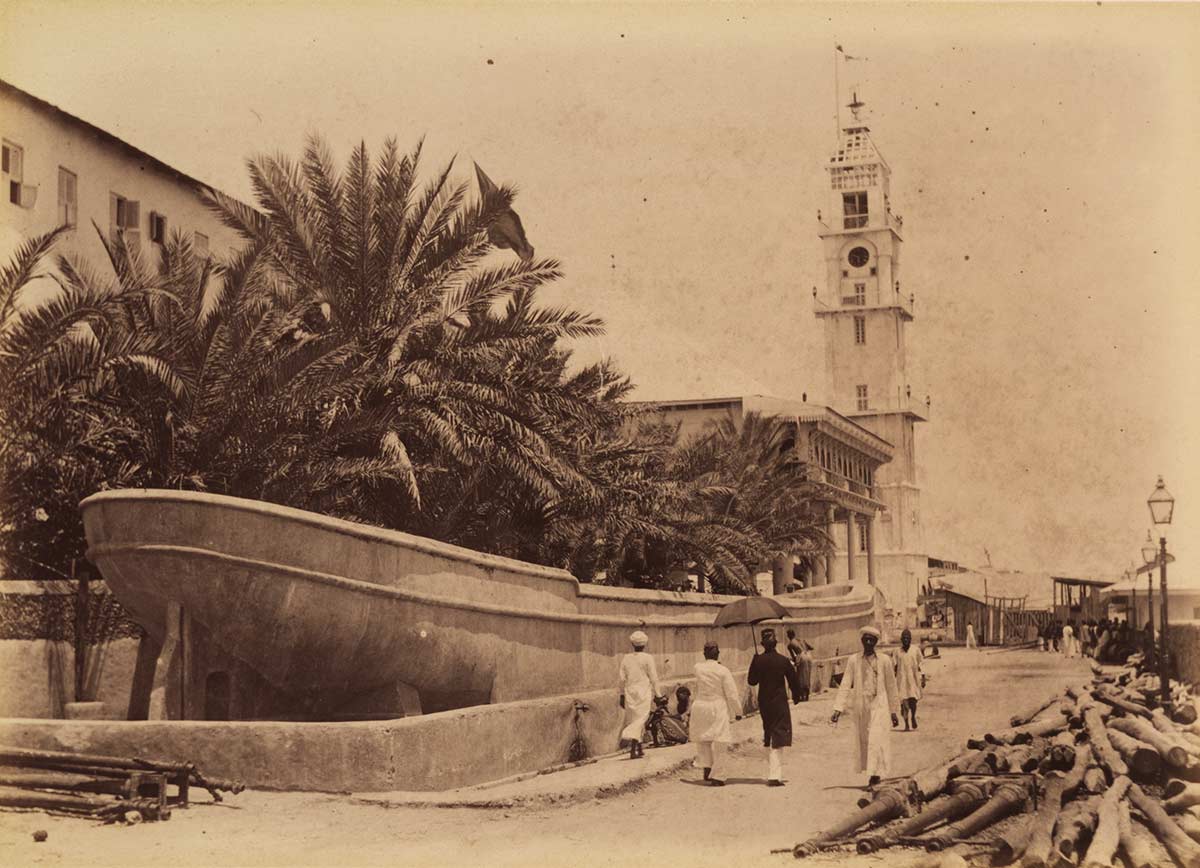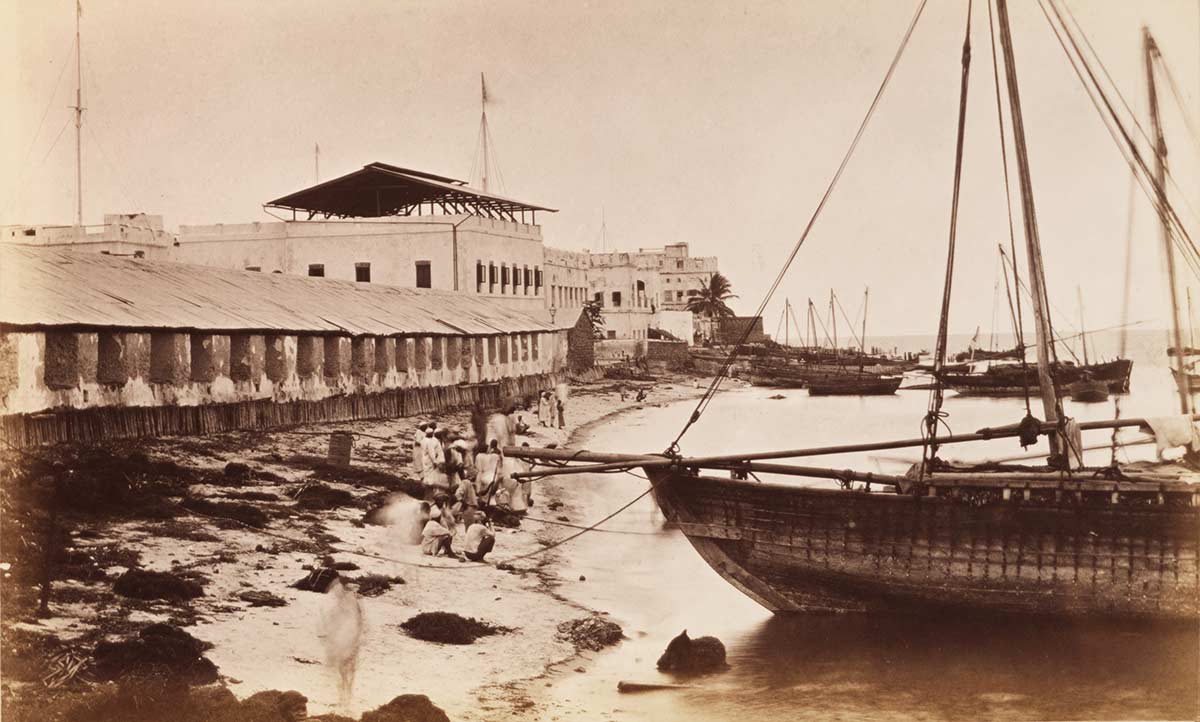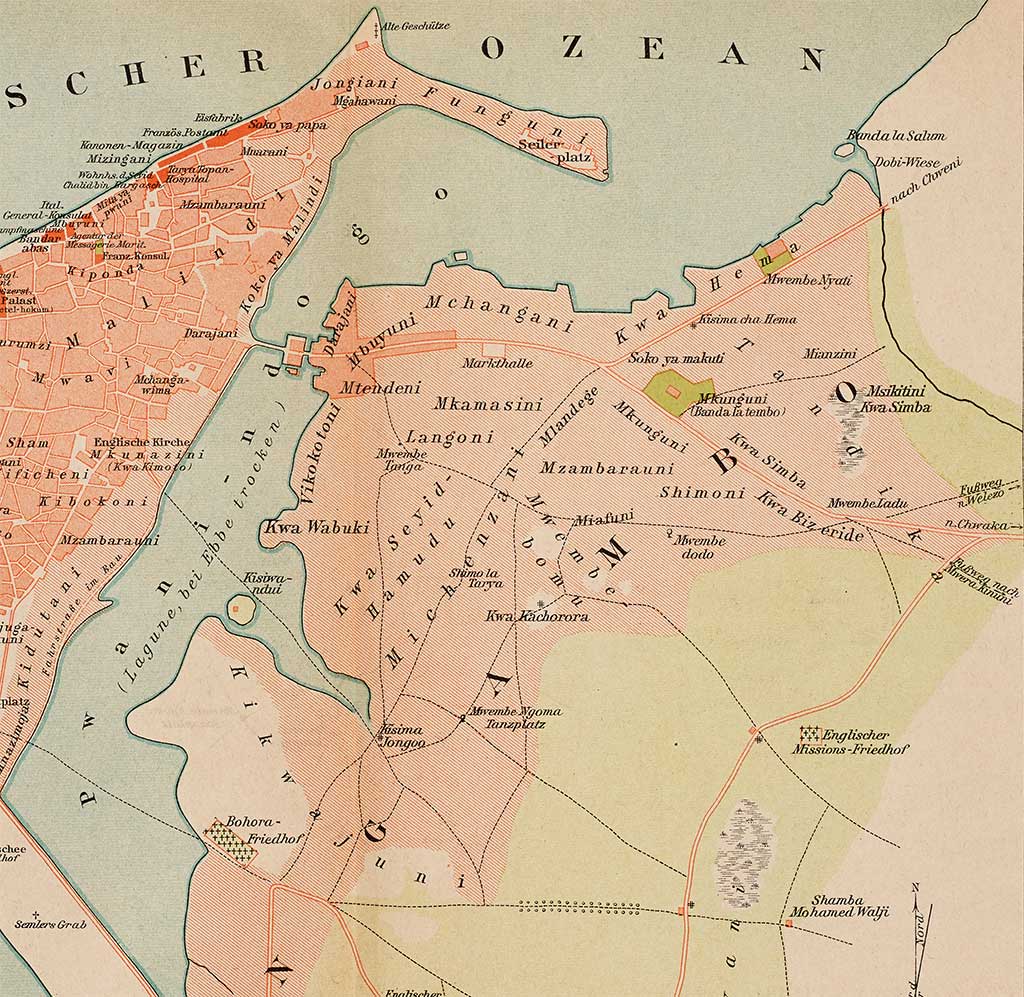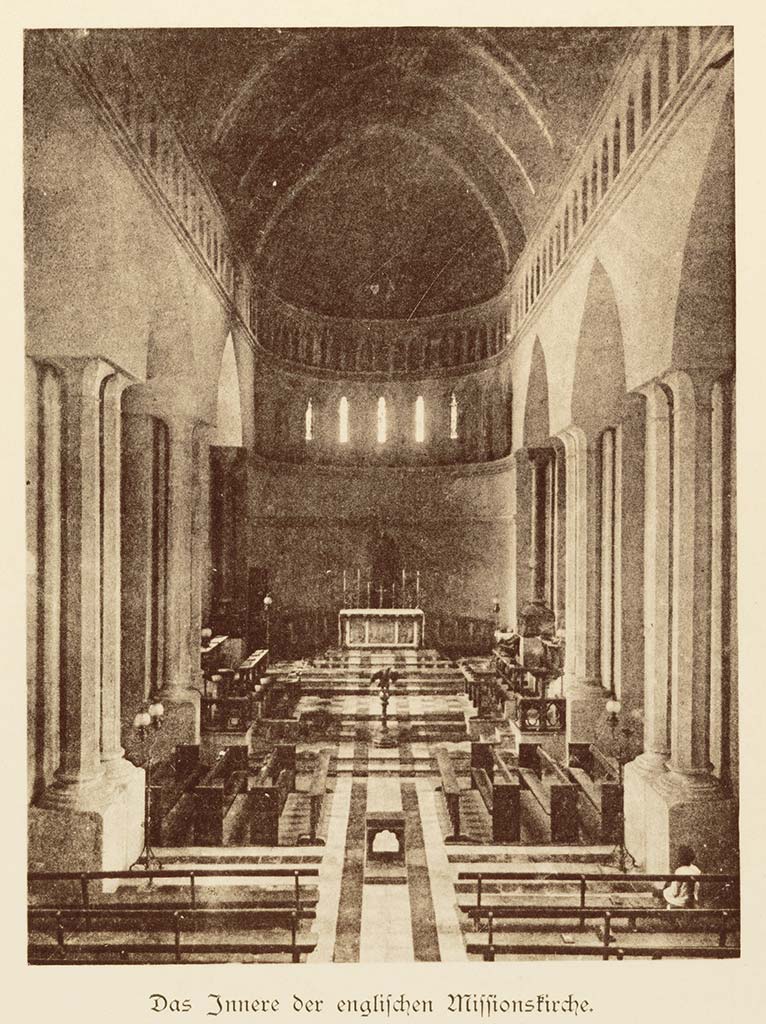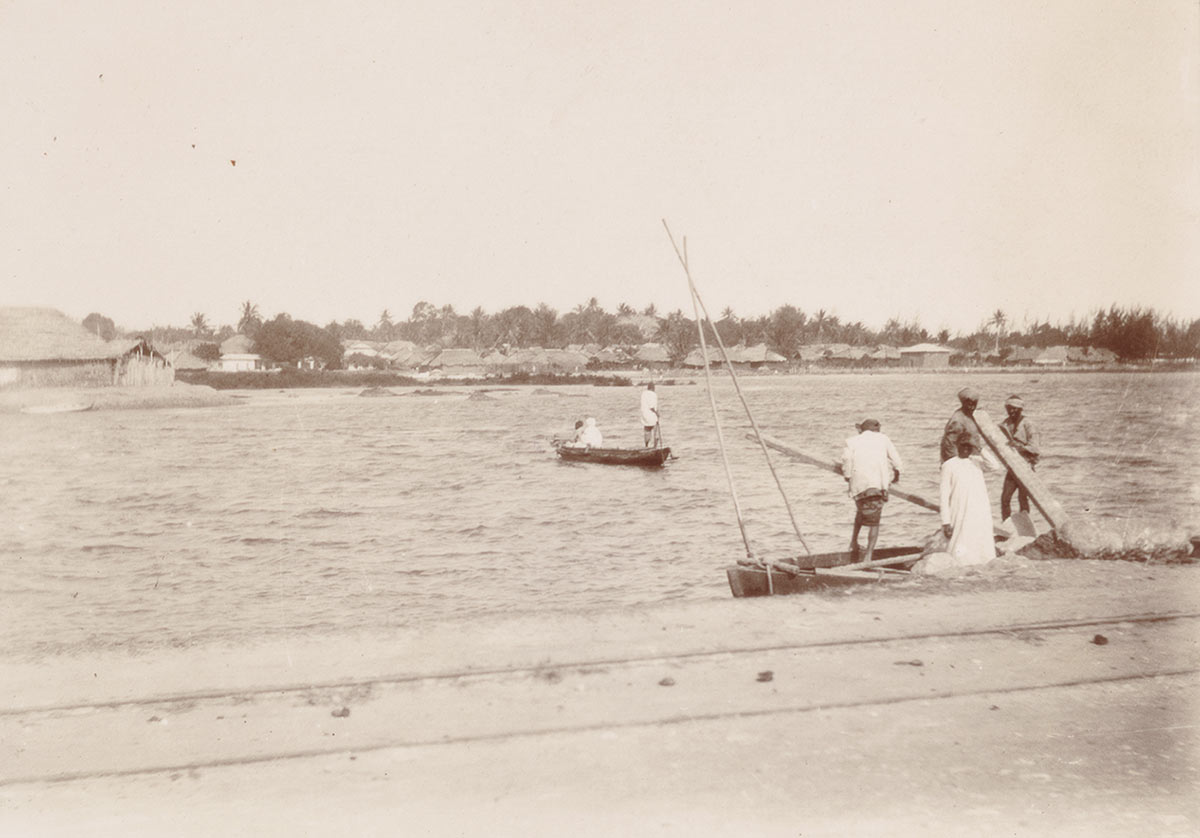Photography grew up with Zanzibar’s modernization. Local studios captured striking moments and shifting geographies in Zanzibar Town during the last third of the 19th century, when the city served as the center of a commercial empire extending far beyond the Swahili coast. In 1837, the Omani al-Busaidi dynasty established its base in Zanzibar to expand control over the east African maritime trade. The later success of this consolidation of fortunes was seen in early photographs of Stone Town, the city’s commercial center, located on the eastern side of Zanzibar peninsula. The Old Arab Fort, dating to the late 17th century, stood alongside ambitious new buildings, from the Sultan’s Palace and Harem to a multitude of customs and commercial trading houses. Photographers turned their cameras on these Zanzibari modernist palaces in limestone and coral, as well as the mansions of trade scions.
Alongside Stone Town’s merchant princes and plantation owners were its peasants, many of whom lived in N’gambo (Swahili for “The Other Side") on the eastern side of town across the lagoon. The majority of Zanzibaris came from the east African mainland during the 19th century to work in the rapidly expanding agricultural economy. Photographers portrayed N’gambo, showing residents and their elaborate earthen houses, which were organized along routes to the clove and coconut plantations outside of town. In some photographs we see farmers, fishermen, and traders from east Africa, Arabia, and India. This city map from 1892 and the selection of photographs show the Pwani Ndogo lagoon when it separated Stone Town from N’gambo; a few years later, the lagoon would be filled in by British planners, changing the Zanzibar Town topography irrevocably.
[ close ]









